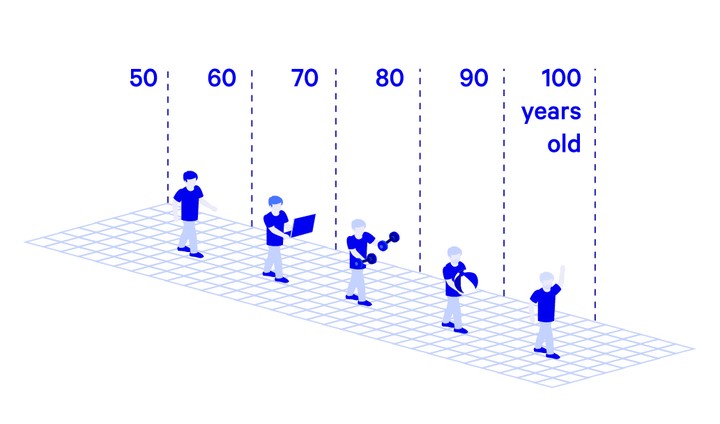 Image credit: Unsplash
Image credit: UnsplashAbstract
The presence of systematic risk in mortality forecasts, known as longevity risk, has called for the introduction of longevity instruments and their market development. Management of longevity risk has been an ongoing issue for insurance companies and pension funds who offer products with payout depending on the lifetime of policyholders. One of the major difficulties in pricing longevity instruments is the determination of a longevity risk-premium. This problem arises from the fact that the longevity market is illiquid and is considered to be incomplete. In this paper we provide an insight to the study of several pricing approaches for longevity instruments that have been proposed in the literature. To account for parameter uncertainty in mortality forecasts and longevity instruments pricing, our analysis hinges on a Bayesian state-space mortality model. The sampling-based Bayesian approach allows us to obtain a distribution of the longevity risk-premium, thus providing an alternative perspective in analyzing the pricing methods. We also discussed the advantages and disadvantages of the considered pricing approaches.